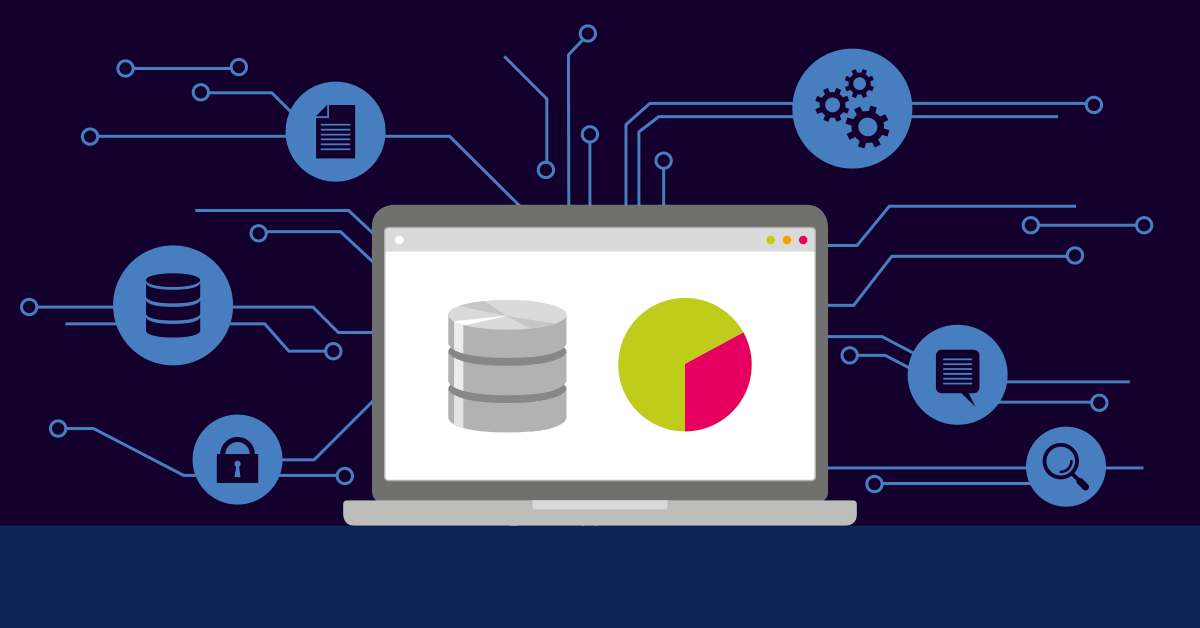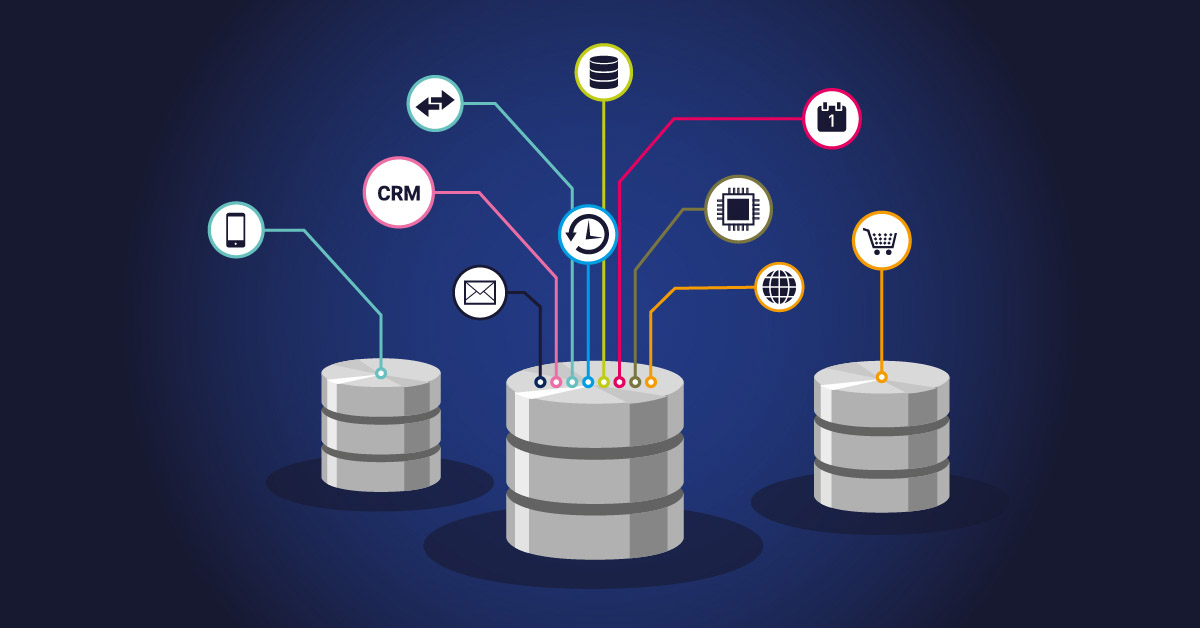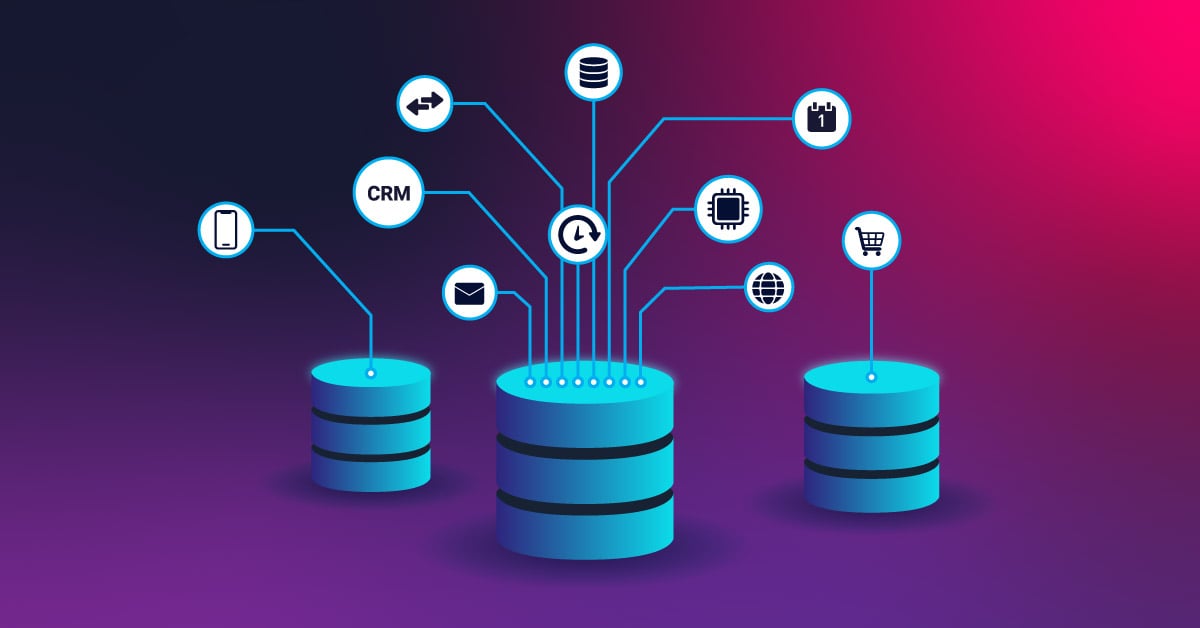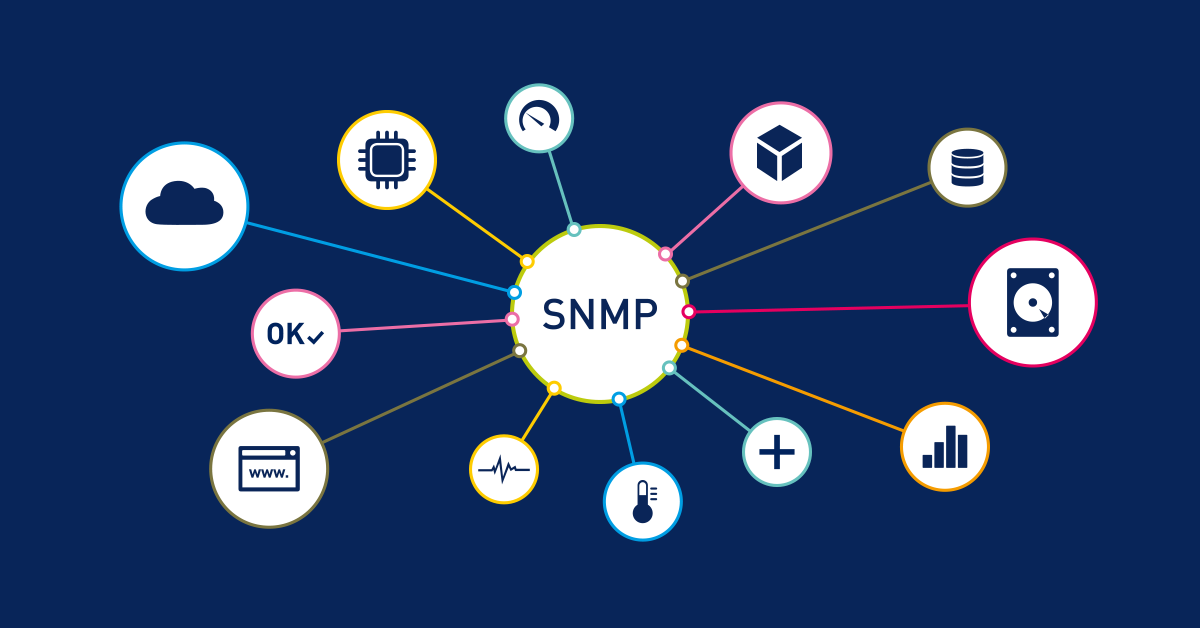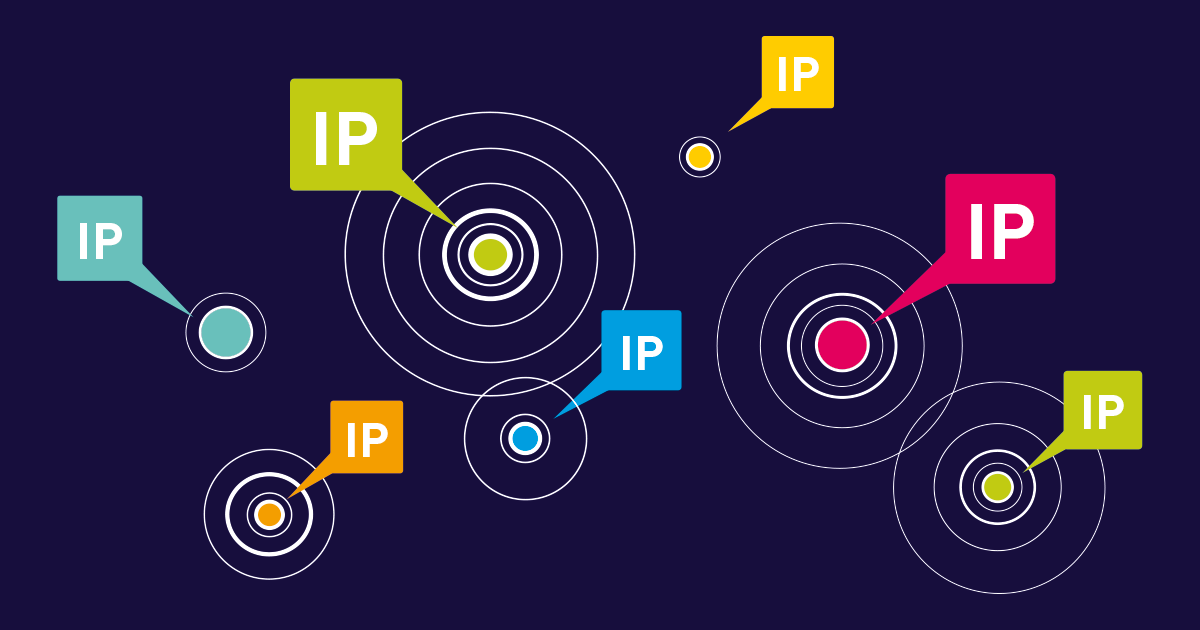A significant shift has occurred in the data storage landscape over the last 10 years. Legacy environments saw data centers full of physical servers on racks, all taking up space in climate-controlled rooms with teams of database administrators overseeing operations 24x7. Cloud database management, by contrast, is at the heart of next-generation digital infrastructure. Businesses are processing workloads as never before and cloud database management is what allows them to do this while scaling down maintenance and increasing business agility.
Cloud database market size, including DBaaS, is growing explosively, with a global market value expected to reach $57.5B by 2028 from $21.3B in 2023.
By 2025, worldwide cloud computing spending will overtake traditional IT budgets.
Cloud Database Management: The What and Why Explained
A cloud database isn’t simply an on-premises database that has been relocated to the cloud. Databases live in virtualized environments built using the infrastructure and services of cloud providers such as AWS, Google Cloud, or Azure. While cloud databases still perform the core functions of a database management system (DBMS) in terms of storing, organizing, and retrieving structured and unstructured data, they are designed to work in cloud environments.
Cloud database management encompasses the tools, processes, and platforms that are built to provision, manage, secure, and optimize database instances within these cloud environments. Database users and organizations don’t have to deal with the high overhead of investing in hardware and infrastructure, instead having on-demand access to resources and scaling as required in real-time.
Traditional Databases vs. Cloud Database Management Systems (DBMS)
Traditional database deployment methods required companies to buy physical servers, install database software such as Oracle Database, SQL Server, or MySQL, and have a team of IT administrators and engineers to perform the necessary day-to-day management of the database. This method of database provisioning requires large upfront capital expenditure, and the ongoing cost to upgrade, back up, and create disaster recovery.
Cloud-based database management systems turn this traditional on-premises model on its head. The administrative overhead of hardware and maintenance of the servers, as well as database and infrastructure software upgrades, are the cloud providers’ responsibility.
In-house teams can now focus on application development, writing code, and business logic. This was not always possible on traditional on-premises platforms which were limited by finite resources, and any sudden spikes in web traffic or data growth meant that infrastructure planning was required for several months ahead. Cloud databases allow resources to be scaled automatically within minutes to meet actual demand.
Cloud Database: A Range of Options
Cloud database management is a broad spectrum of database services, each specialized for certain workloads and data models.
SQL Databases in the Cloud
SQL databases are the most commonly used, and the cloud provides fully managed services. Cloud SQL, Amazon RDS, and Azure SQL Database provide PostgreSQL, MySQL, and SQL Server instances with automated backups, replication, and high availability. Managed database services also automate tasks like patching, upgrades, and failover, minimizing downtime and reducing the overhead for DBAs.
Keep an eye on your cloud database performance with PRTG Network Monitor. Whether you use MySQL, PostgreSQL or SQL Server in the cloud, PRTG will give you visibility into your entire cloud infrastructure. Automated alerts and performance metrics help you optimize your database performance before your users notice.
👉 Get your FREE trial of PRTG now and have full visibility into your cloud database environment.
NoSQL and Beyond
Relational databases aren’t the only way to store data. SQL isn’t designed for unstructured data, semi-structured documents, or massive quantities of data with flexible schema. NoSQL databases support a wide variety of database types for these scenarios. Cloud providers offer several types of NoSQL databases:
📌 Document databases like MongoDB and Firestore excel at storing JSON-like documents, ideal for content management systems and mobile apps where schema flexibility is paramount.
📌 Key-value stores such as Amazon DynamoDB and Redis provide lightning-fast data retrieval for caching, session management, and real-time applications where latency must remain minimal.
📌 Wide-column databases like Google Bigtable and Cassandra handle massive analytical workloads, processing petabytes of data across distributed nodes.
📌 Graph databases such as Neo4j model relationships between entities, powering social networks and recommendation engines.
Cloud providers also launched purpose-built databases optimized for particular workloads. In-memory databases offer microsecond latency, while data warehouses perform analytical queries over massive datasets. Generative AI and machine learning has fueled the need for vector databases to power semantic search and similarity matching.
The Business Case for Cloud Database Management
Cloud database management provides clear business advantages that legacy models can’t keep up with.
📈 Dynamic Scalability for Expanding Needs
The primary reason to move to a cloud database is its elastic scalability. Cloud databases can automatically ramp up resources in response to traffic surges that may be caused by rush hour or seasonal peaks. This on-demand capacity ensures consistent performance without incurring the high cost of over-provisioning associated with conventional systems.
💰 Cost-Effective Operations
Hosting databases in the cloud converts CapEx to OpEx. TCO is often much lower once the savings from no hardware expenses, reduced staffing needs, and automated operations are factored in. Many providers even offer a free tier for smaller workloads, letting you experiment without any cost risk.
🛡️ High Availability & Disaster Recovery
Businesses today can't afford to have their databases offline. Cloud database providers offer high availability and redundancy through built-in automated replication to multiple availability zones or regions. If a server fails, traffic is automatically rerouted to healthy nodes in seconds. Administrators can restore their databases to any point in time using point-in-time recovery, which is a lifesaver for data corruption or security breaches.
🔐 Improved Security & Compliance
Cloud vendors spend billions on security infrastructure you wouldn't otherwise have access to. Data encryption at rest and in transit is the default. Access controls restrict who can query or modify specific data sets. Many cloud database providers offer compliance certifications for standards like HIPAA, SOC 2, and GDPR for regulated industries.
Deployment Models: DBaaS vs. Self-Managed Cloud Databases
Database-as-a-Service (DBaaS) is the fully managed model. The cloud provider is responsible for provisioning the underlying infrastructure, installing and patching the database software, taking backups, and monitoring performance. Teams only need to provision a database instance via a console or API and start building applications.
Self-managed cloud databases provide more control. Organizations run the database software on cloud VMs, meaning they are responsible for database configuration, tuning, and ongoing maintenance. This requires more operational expertise, but allows for custom configurations and fine-grained performance optimization.
Many organizations employ hybrid cloud or multi-cloud strategies, operating databases on-premises as well as across multiple cloud platforms. This avoids vendor lock-in and can also allow data sovereignty compliance by region, but adds additional complexity in managing data synchronization and connectivity.
Overcoming Cloud Database Management Challenges
Cloud database management brings many advantages, but there are also obstacles that organizations must be prepared to overcome.
Network connectivity is often overlooked but becomes a critical dependency. On-premises databases are typically available to the local network, but cloud databases must be reached through the internet. An organization’s cloud databases may be unreachable if network connectivity is lost. To avoid this, organizations should have redundant connections and consider hybrid architectures if applications require 100% local access.
Migration from on-premises database servers to cloud is often an underestimated process that can take significant time. Database schema conversion, data transfer, application refactoring, and testing all require planning and monitoring. Costs must also be considered and optimized. Without ongoing monitoring of resource consumption, compute time, and performance, cloud bills can quickly balloon. Organizations need to carefully monitor resource consumption and continuously optimize query performance to reduce compute time.
Cloud Database Management Best Practices for Success
Database monitoring is essential to manage the performance, security, and reliability of your databases. Without database monitoring in place, performance issues can fester long before they grow into substantial outages before anyone even notices. Database monitoring provides the basis for healthy, stable, and reliable database operations by proactively alerting teams to anomalies, efficiently managing resources, and keeping costly downtime from happening.
🧩 Implement comprehensive monitoring:
Track key metrics like query performance, connection counts, storage utilization, and replication lag to identify issues before they impact users.
🧩 Optimize database schema:
Design schemas that align with your data access patterns. Proper indexing, partitioning, and normalization dramatically improve query performance.
🧩 Leverage automation:
Use infrastructure-as-code tools to automate database provisioning, configuration, and scaling, reducing human error.
🧩 Plan for disaster recovery:
Regularly test backup restoration procedures and implement cross-region replication for critical databases.
🧩 Secure access rigorously:
Implement least-privilege access controls, rotate credentials regularly, and use network isolation to protect sensitive data.
The Future of Cloud Database Management
Serverless databases take the provisioning of instances out of the equation, with infrastructure that scales from zero to petascale behind the scenes. Machine learning makes querying smarter, with automated performance tuning and the capacity for applications to predictively scale.
With data doubling at breakneck speed, and ever-smaller response times expected from applications, cloud database management is poised to get even more advanced. Organizations that gain proficiency with these tools now will be ahead of the curve in the future.
Ready to ensure your cloud database infrastructure delivers peak performance?
Keep an eye on your cloud environment with PRTG Network Monitor. It enables you to monitor cloud database performance, connectivity and resource usage all in one place in real-time. PRTG works with major cloud platforms including AWS, Google Cloud and Azure to help you optimize your cloud database infrastructure and slash costs.
👉 Start your free trial of PRTG now and take your cloud database management to the next level.
Cloud database management is not just a technical shift, it’s a strategic enabler.
It empowers organizations to focus on what truly matters – growing their business, delighting customers and outpacing competitors in an increasingly data-driven world.
 Published by
Published by 